My pants are getting a bit snug, guess it’s time I reel things in and go on a diet to try and lose some weight. Ever heard that before? Ever felt that way before? The problem is there are more diet fads than fast food restaurant options these days and most people’s GUT reaction to losing weight is, “I’ll eat less,” or “I’ll eat clean.” But what if I told you under-eating might be doing you more damage than good, and eating “clean” might not be putting you into a calorie deficit at all?
When I was a teacher studying education, my professors would talk about the pendulum of education trends. Just when the teachers implemented a new program given to them by the principle to improve test scores, new research would come out showing something completely opposite. The teachers would all collectively eye roll every single staff development as we learned the newest program that was SURE to work this time.
And yet I see it every single day in the “diet” world. Remember when eggs were “bad” for you? Too much cholesterol. Then “low fat” became the new propaganda label everybody was searching for as they grocery shopped. Until we learned that we had it all backwards and CARBS were actually making us fat. What we needed instead of all of those “bad” carbs were organic, grass fed beef, kale, nitrate free bacon, ghee, and zucchini noodles.
Take. A. Deep. Breath. I’ve got some good news for you. We’re about to dispel some common misconceptions and hopefully this knowledge will set you free.
Think about the typical American diet and what image comes to mind? There’s a reason fast food restaurants are on every corner and thriving. There’s also a reason a McDonalds hamburger can sit on your kitchen counter for 3 days without any decay. Most people KNOW McDonald’s isn’t the epitome of heath, but they think in order to be “healthy” they need to be on the other side of the swinging pendulum eating organic kale and coconut oil and that’s just not true, nor is it sustainable.
Whenever we begin working with clients, we have them submit 3 days worth of food journals so that we can get an idea of how many calories their metabolism is used to as well as what their macro balance looks like (how many protein, carbs, and fats they’re currently eating). After working with over 1,000 clients we’ve noticed some pretty significant trends.
Roughly 50% of our clients over eat in the area of carbs (think typical America diet: cereal for breakfast, sandwiches for lunch and pasta for dinner), but the other 50% over eat in the area of fats (think paleo, whole30, olive oil, avocado and almond butters–NO LIMIT) and 99% of them are under-eating in the area of protein. Protein is the building block of skeletal mass and your body needs protein, fats AND carbohydrates in the APPROPRIATE quantities to have a healthy hormone profile. A healthy hormone profile is the secret to a thriving metabolism. While the good news is your body can metabolize more calories than you think with a healthy hormone profile, the bad news is it isn’t always easy eating the appropriate quantities of protein, carbs, and fats that your body needs. I don’t know many people that crave a chicken breast regularly, however protein builds muscle and the more muscle mass you have, the more food your body can metabolize. Most people would rather go for what seems like a quick fix. They’d rather see a drastic drop on the scale (EVEN IF that weight loss is actually MUSCLE LOSS, hormonal imbalances, and a slowed metabolism), than take the time to increase muscle mass, repair their damaged metabolism, and fuel their body with long term sustainability. It’s a vicious diet cycle that looks like this:
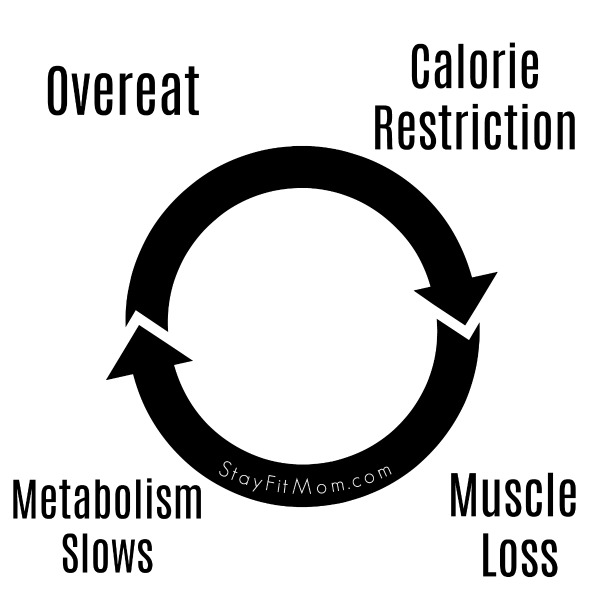
Overeat, restrict calories, muscle loss, metabolism slows, unsustainable- BINGE MODE, over eat, MORE weight gain (because metabolism is even slower), restrict calories, more muscle loss, slower metabolism, etc. etc. etc.
So how much should you be eating? How much is too much and how much is not enough? It’s easy to see that the sedentary grandmother, the collegiate athlete, and nursing mother will have different caloric needs, however there’s one factor that outweighs activity level, weight, height, and lifestyle and that’s the capacity of the individual’s metabolism. We have worked with 115 pound women that can eat upwards of 3,000 calories and we have also worked with 230 pound women that struggle to metabolize 1200 calories and burn fat.
We believe our program is as successful as it is because we evaluate every individual thoroughly. No two macro prescriptions are alike because no two individuals are alike. Furthermore, not a single client goes through our program with one set of macros numbers. We adjust weekly based on biofeedback and results.

Don’t be fooled into thinking all you can eat organic grass fed beef, almond butter and kale are the secrets to your fat loss dilemma. Don’t be fooled into thinking you can put your body through the stressors of this fast paced life without facing the consequences of being unintentional with your nutrition. Your body needs nutrient dense foods, but it’s begging for balance and sustainability and we’d love to help you find it.
This Valentine’s Day give YOURSELF the gift of a thriving metabolism and join hundreds of women that have had incredible results doing exactly that!
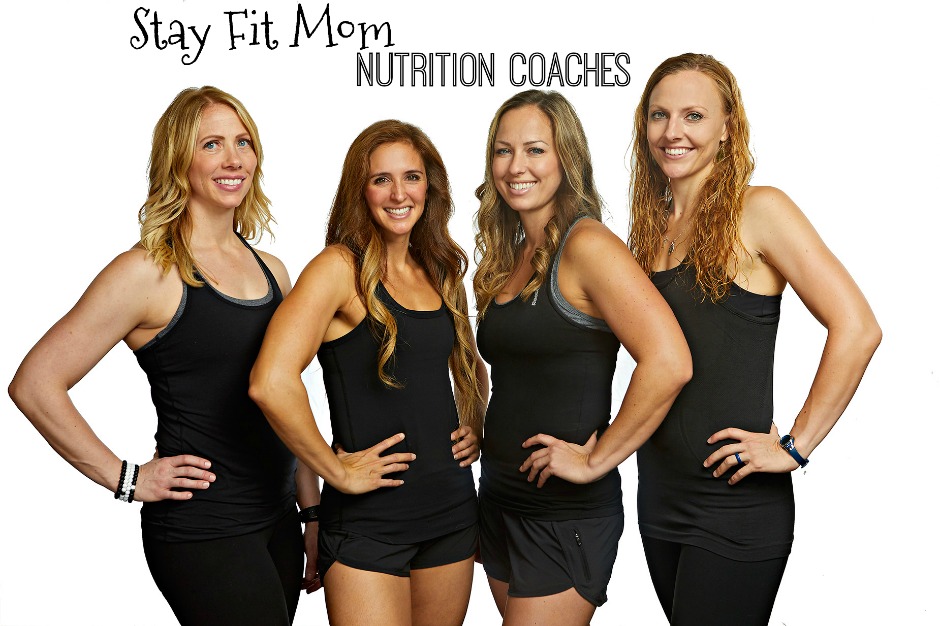
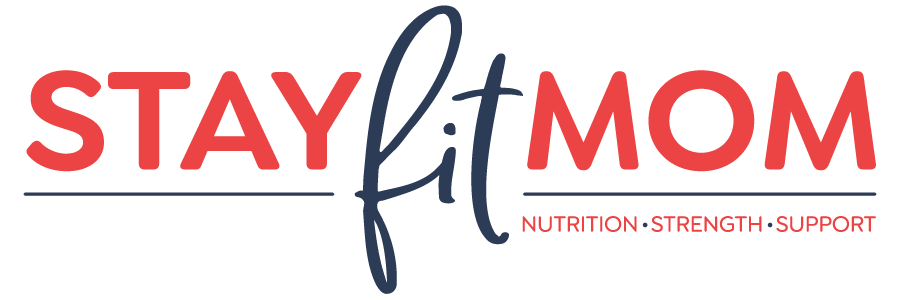
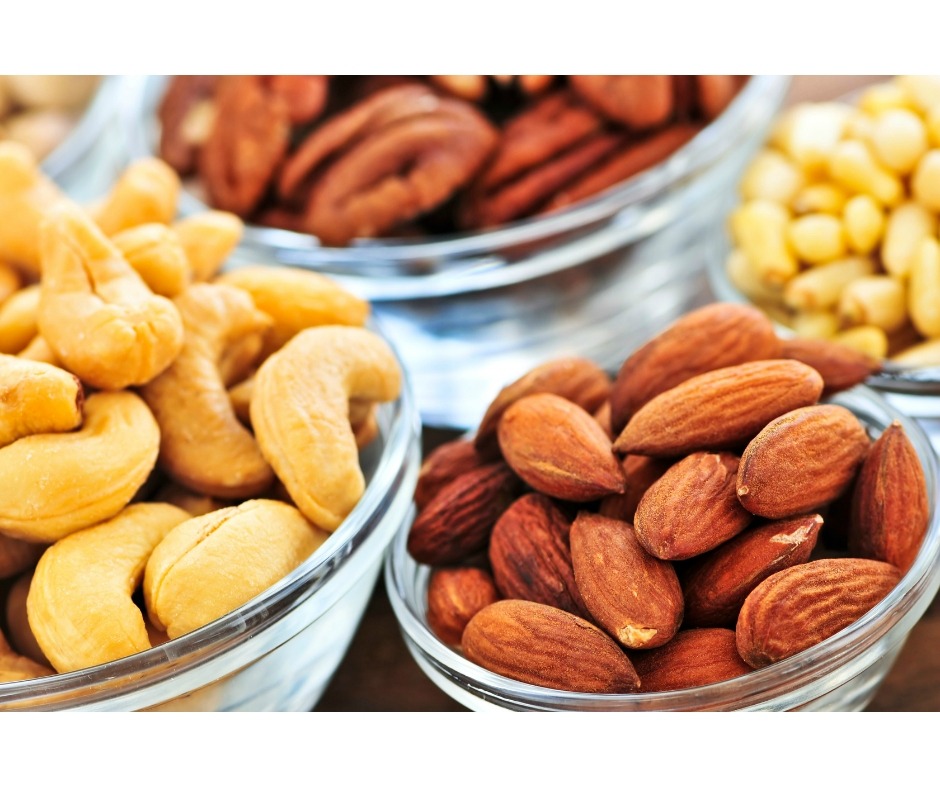

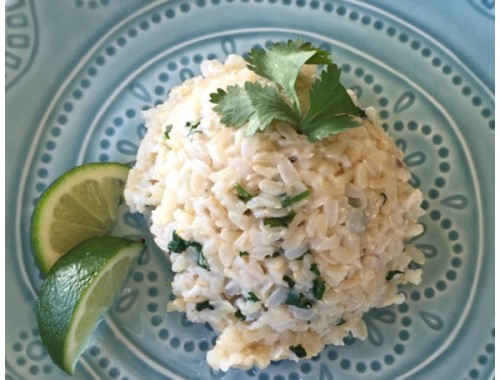
No Comments